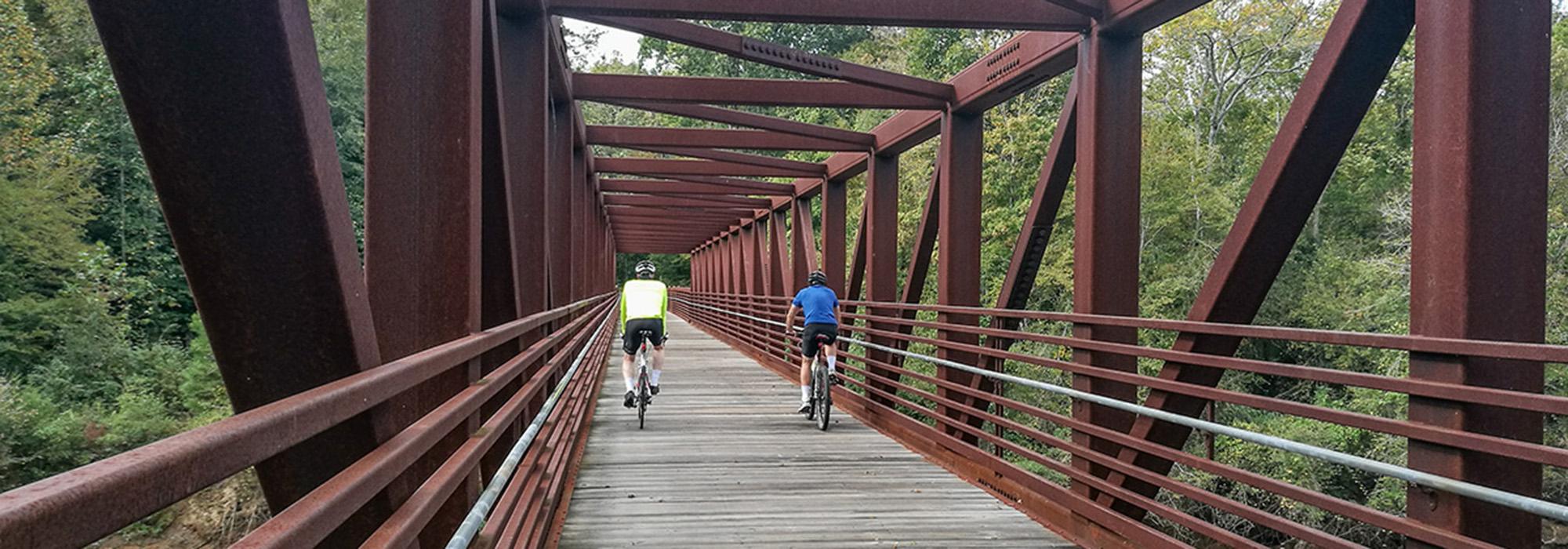It Takes One: Chuck Flink
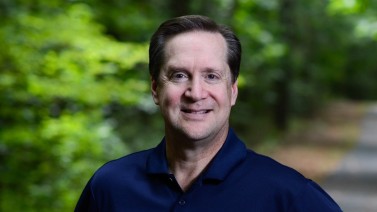
Charles A. “Chuck” Flink, FASLA, is an author, planner, and landscape architect who has specialized in conserving greenspace and helping communities build parks and greenways for the past 35 years. Flink has completed work in 250 communities in 37 states, and has consulted in seven foreign countries, including Belarus, China, and the Czech Republic. He is the recipient of more than four dozen national, regional, and local awards. He has worked on several notable projects, including the American Tobacco Trail in North Carolina; the North Delaware River Greenway in Philadelphia, Pennsylvania; the Miami River Greenway in Florida; The Las Vegas (Nevada) Open Space and Trails Plan; and the Grand Canyon Greenway in Arizona. He is the former chair of the East Coast Greenway Alliance and former chair of American Trails. Flink earned undergraduate and graduate degrees from North Carolina State University, where he teaches today. He was named the 2006 Distinguished Alumnus of the College of Design and, in 2019, was honored for his contributions to North Carolina State with the Watauga Medal, the highest non-academic award bestowed by the university. He co-authored Greenways: A Guide to Planning, Design and Development, and Trails for the Twenty First Century. His most recent book, The Greenway Imperative: Connecting Communities and Landscapes for A Sustainable Future, is now available from the University Press of Florida.
You began working on greenways in 1984 in Raleigh, North Carolina, which had created the Capital Area Greenway System in 1969. What promise did you see when you first started working on greenways some 35 years ago? Nationally, how far have we come?
I immediately embraced the holistic benefits of greenways. To me, a greenway was more than trail tread alignment, design, and construction. I understood greenways as environmental corridors. They were critical in solving Raleigh’s flooding problems, and they helped to mitigate the rapid growth and suburban expansion by creating greenspace buffers that enhanced the quality of life. Raleigh was an early pioneer of greenway system development, thanks to the work of landscape architects Lewis Clarke and Bill Flournoy. However, when I began my greenway work in 1984, the term was not widely used, and the concept was not well known. Today, the word greenway is ubiquitous, and the concept is better understood. In 35 years, we have come from having a handful of communities with greenways to developed projects in all 50 states, totaling some 50,000 miles (equivalent in size to the Interstate highway network).
Often greenways are seen in narrow terms as a means of getting from point A to point B. How do you explain the broader importance of greenways and the role they play in addressing contemporary issues, such as climate change or biodiversity loss?
Greenways have always been capable of addressing broader environmental issues of communities. They have been limited in size and scope by our imagination and limited functional use. They are not just a pathway through the woods. The greenway is a corridor of land capable of absorbing the impact from flooding and urban stormwater runoff, while also cleaning the air of particulate and pollution. Greenways are landscapes that support healthy living.
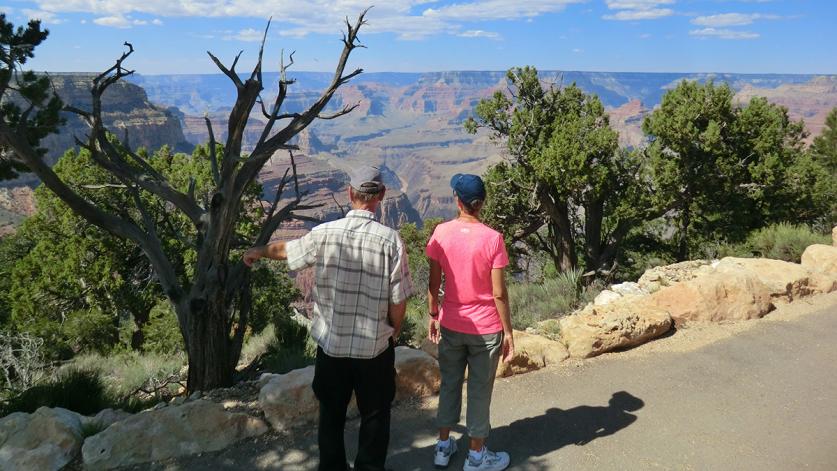
You describe working on challenging projects across the country, including, for instance, in flood-prone Grand Forks, North Dakota (with landscape architect Tom Whitlock and Damon Farber Associates). What are the most frequent challenges to implementing greenways, and how do you overcome them?
The most common complaint (challenge) that I hear in implementing greenways is that communities don’t have the money to complete the project. What I have found lacking is not money, but a commitment to the idea. There is a lot of money flowing in this country, and the challenge is to figure out how to get your hands on it. Those communities that are committed to implementing a greenway always succeed. I believe at times communities get hung up on physical challenges, but when you dig deeply, what you instead find is a lack of will and commitment to overcome project challenges.
How has the greenway model, developed in the United States in the 1970s, been interpreted abroad, and what can we learn, in turn, from international projects?
In the United States, many greenway projects and programs have traditionally been an outgrowth of parks and recreation activity, and more recently transportation and green infrastructure concerns. In Europe, greenways have evolved as eco-tourism and agro-tourism strategies. However, more European countries faced with climate issues are beginning to expand the use of greenways as green infrastructure. For example, I believe that the Czech Greenways program is an international model for eco-tourism. The Czech team studied the U.S. model, but they implemented aggressive strategies to expand upon the experience economy and support increased tourism. There should be more intentional efforts on the part of Americans and Europeans to collaborate, share challenges and successes of greenway development, and learn from each other.
You describe greenways as both a catalyst of the experience economy and a way of getting ahead of development. How can greenways both stimulate and manage growth?
It is evident from the Northwest Arkansas Razorback Regional Greenway project, which is about five years old, that greenways can rapidly alter culture and influence economic growth. The Walton Family Foundation is tracking the performance of the expanding Northwest Arkansas trails network and has already concluded that the annual economic benefit exceeds $137 million, much of which is associated with the experience economy, transportation, and health and wellness benefits. Most importantly, the cultural change in Northwest Arkansas is amazing, going from an auto-centric culture to one that embraces biking and walking, while communities like Bentonville are aggressively marketing a lifestyle centered on trail use as unique, attractive, and healthy. Where American communities can act with greater intention is in the conservation of native lands and water systems.
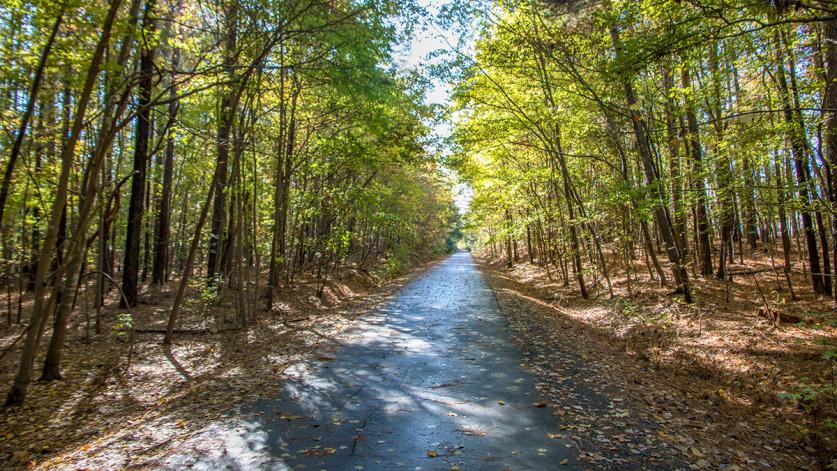
You mention landscape architect Paul Cawood Hellmund’s work and his “gene-way” concept. Can you explain how greenways can act as “gene-ways” and why that is an important consideration both ecologically and culturally?
I have great respect for Paul’s work. He has been an important advocate for the environmental benefits that greenways bestow. Currently, we are losing many types of native animal species at an alarming rate, for many reasons. We need to create large corridors, locally, throughout our states and across multi-state regions, that can serve as protected habitat. So, greenways should include a national network of “gene-ways” that can support north-south and east-west migration routes for plants and animals.
In 1919 landscape architect Warren Manning called for coast-to-coast “recreation ways” as part of his national plan. What would the country look like today if his plans were implemented? What lessons can landscape architects learn from Manning’s grand vision?
North America would be a very different continent today if we had ten to twenty Appalachian Trail corridors. Manning was a visionary in this regard. He understood that rapid change in American society was happening. Our nation embraced President Eisenhower’s vision for an interconnected interstate roadway network. But we need the equivalent for trails and greenways. The National Trails System fulfills part of Manning’s vision, and we are closer than most might think. Landscape architects should rally together and promote an equally compelling vision – supporting the creation of statewide greenway initiatives and striving to connect the lower 48 states from coast to coast. It is not outside the realm of reality. It can be one of the greatest gifts we leave for future generations.
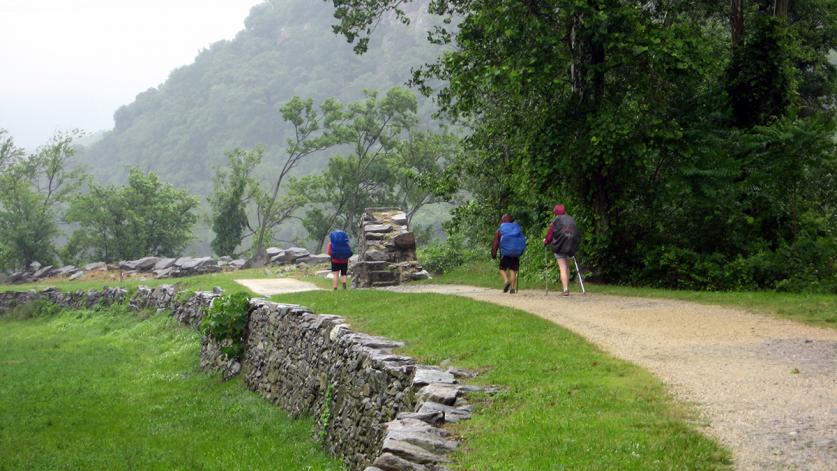
What advice would you give landscape architects working on greenways?
First, “Form follows Function” – my favorite quote from architect Moshe Safdie. Greenways as corridors of land should be considered primarily for their multi-objective benefits, beyond what is accomplished by trail design alone. Second, “Variety, Rhythm and Syncopation.” This is the basis of good design. Long, straight trails are generally boring. Landscape architects are artists in the land, and the goal of greenway trail design is to enhance the experience of place and place-making. Finally, greenway projects are really complicated. Be prepared to hang in there and fight through the challenges and obstacles.
What are the most exciting upcoming greenway projects and, as we enter a new decade, what do you hope the national greenway system will look like by 2030?
The trend in greenway projects is that the budgets for implementation are getting larger, aspirations for project development are producing longer connected greenways, and project sponsors are asking greenways to solve more complex landscape problems. The Chattahoochee River Greenway project is a terrific 100-mile-long environmental corridor planning and design effort in Georgia. The Empire State Trail is an ambitious 750-mile-long cross-state trail in New York. The Great American Rail-Trail is a proposed 3,700-mile cross-country trail by the Rails-to-Trails that will span the nation. The 3,000 mile, north-south East Coast Greenway is now used by 30 million people annually, nearly the same annual attendance of America’s most popular national parks. The growing regional greenway initiatives in St. Louis, Philadelphia, Milwaukee, and across the central part of North Carolina are also very exciting. I believe greenways will take on an increasingly important role in how we live, how we shape and grow American communities, and how we balance growth with conservation.



